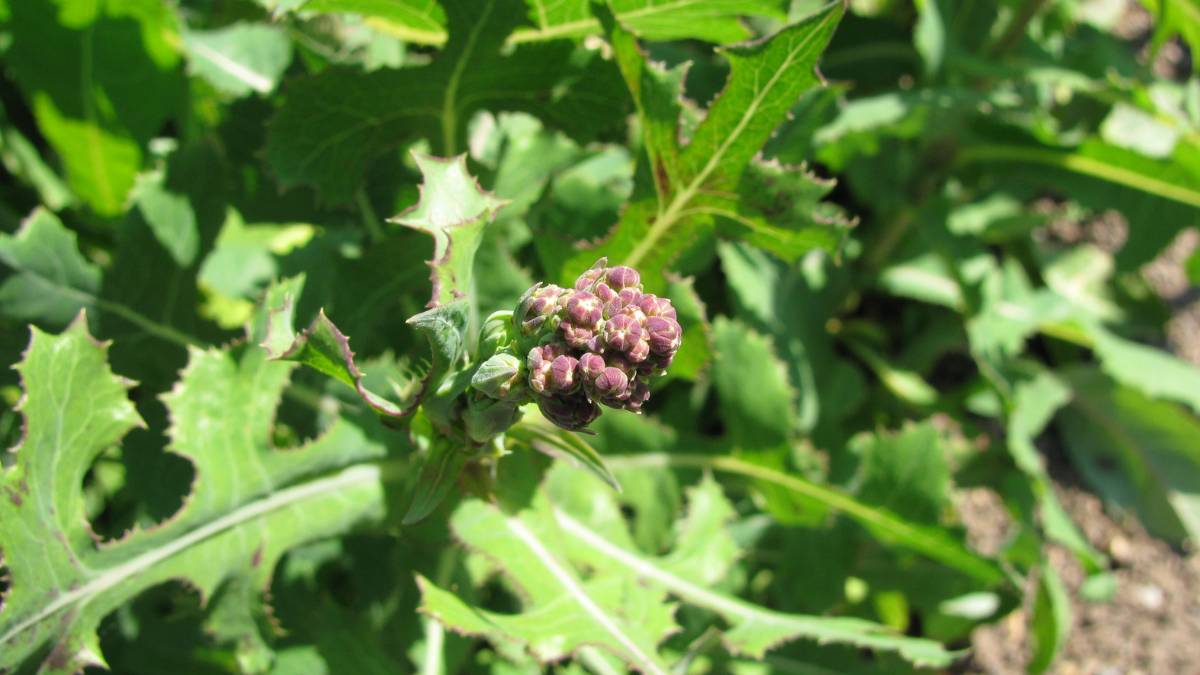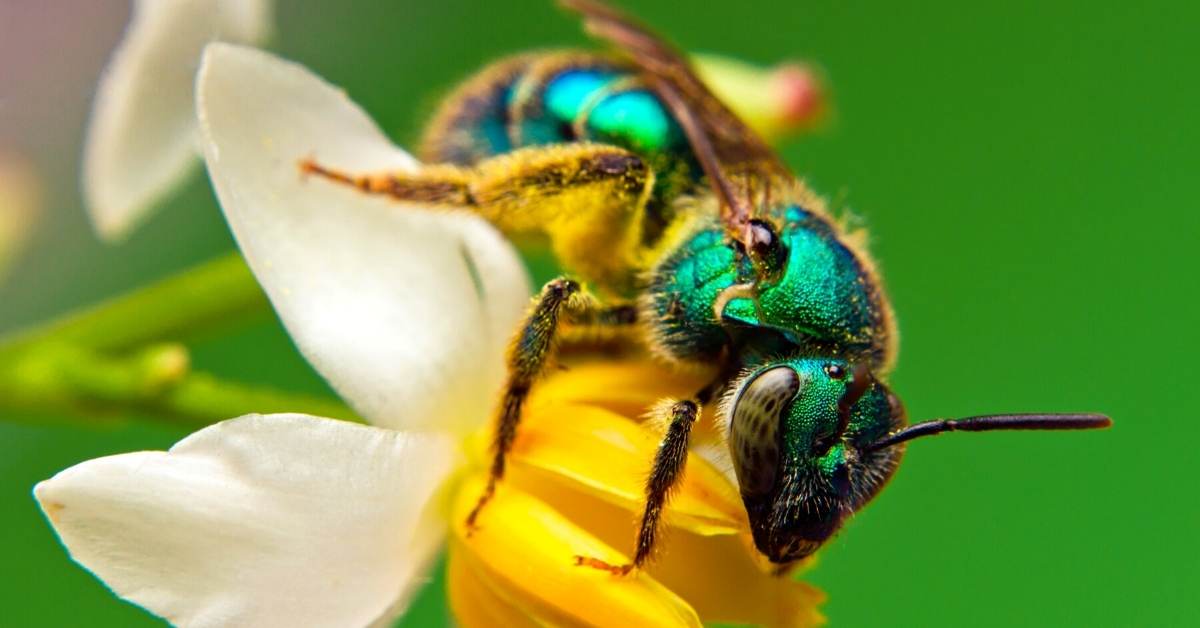If you’ve ever grappled with an unwelcome invader in your garden, lawn, or farm, then you’re probably familiar with the tenacious prickly lettuce (Lactuca serriola). This troublesome weed, found abundantly in the United States and various regions worldwide, demands our attention and action.
In this article, we will delve into the world of this persistent plant and explore effective strategies on how to get rid of prickly lettuce. From understanding its characteristics to implementing control methods, you will gain the knowledge you need to reclaim your spaces from the clutches of prickly lettuce.
Prickly lettuce is native to the Mediterranean region, but it has traveled far and wide thanks to its fluffy seeds that can fly with the wind. It can grow almost anywhere, from drylands to moist areas, from roadsides to fields. It has spiny leaves that clasp the stem, yellow flowers that produce thousands of seeds and a milky sap that can irritate your skin and clog your machinery.
This weed can compete with your crops for water and nutrients, reduce your grain quality and harbor pests and diseases. It can also ruin your landscape by making it look messy and weedy. If you’re like me, you probably want to get rid of this invasive weed as soon as possible. But how do you do that?
In this article, I will share with you some effective methods for controlling prickly lettuce and preventing its spread. You will learn how to use herbicides, hand-pulling, grazing or cultural practices to deal with this weed, depending on your situation and preference. You will also learn how to prevent seed production and spread and how to act early before the weed becomes too large and difficult to control.
Identification and Assessment of Prickly Lettuce
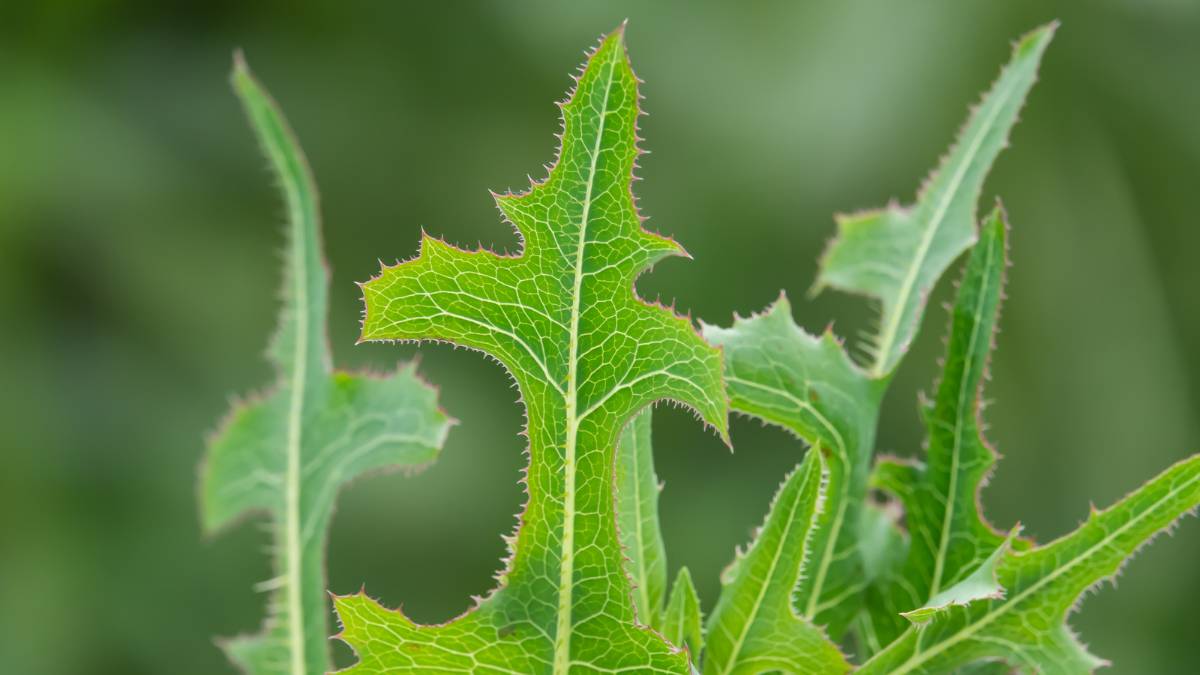
- Prickly lettuce is a weed that can grow from 1 to 5 feet tall and can be easily recognized by its key features, such as its spiny leaves, milky sap, yellow flowers and fluffy seeds.
However, it can also be confused with other lettuce species, such as tall or Canada lettuce (Lactuca canadensis) or wild lettuce (Lactuca virosa), which have similar characteristics but different foliage color and flower shape. Therefore, it is important to correctly identify prickly lettuce to avoid mistaking it for a harmless or beneficial plant. - Prickly lettuce has blue-green leaves that are oblong or lanceolate, often pinnately lobed and clasp the stem. They have spines along the edges and the midvein on the lower surface. The spines are somewhat soft and not very sharp.
The leaves are larger at the base of the plant and smaller at the top. They often twist vertically to face the sun, giving the plant the name compass plant. The young leaves are edible raw, or cooked, but they have a bitter taste and a latex-like sap. - Prickly lettuce has a reddish stem that is stiff, hollow and filled with milky sap. The stem is usually leafy and sometimes has a few prickles on the lower portion. The stem surface is covered with a waxy coat giving it a whitish cast, and it is sometimes flecked with red. The sap can irritate the skin and eyes and clog the machinery.
- It has small, yellow, ray flowers only, meaning they have no disc flowers in the center. They are about 1/3 inch across and are borne singly at the end of short branches. They form open terminal clusters that can have from 35 to 2,300 flower heads per plant.
The flowers bloom from late spring to early summer and produce a sticky white substance. The flowers are similar to dandelions or sow thistles, but they have fewer petals and are often tinged with purple. - Prickly lettuce has grey seeds that are tipped with bristles and have a downy white plume that helps them disperse by the wind. A single plant can produce from 700 to 46,000 seeds, which can survive for one to three years in the soil. The seeds are immediately viable or can germinate later.
- This weed can have a negative impact on native plant species and ecosystems, as it can compete with them for water and nutrients, reduce their diversity and abundance, and alter their structure and function.
Prickly lettuce can also cause problems for farmers, gardeners and homeowners, as it can reduce crop yield and quality, irritate the skin and eyes, and clog the machinery. Prickly lettuce can also harbor pests and diseases that can affect other plants or animals.
How to Get Rid of Prickly Lettuce
Let’s explore the control methods for this weed, including both chemical and organic ways.
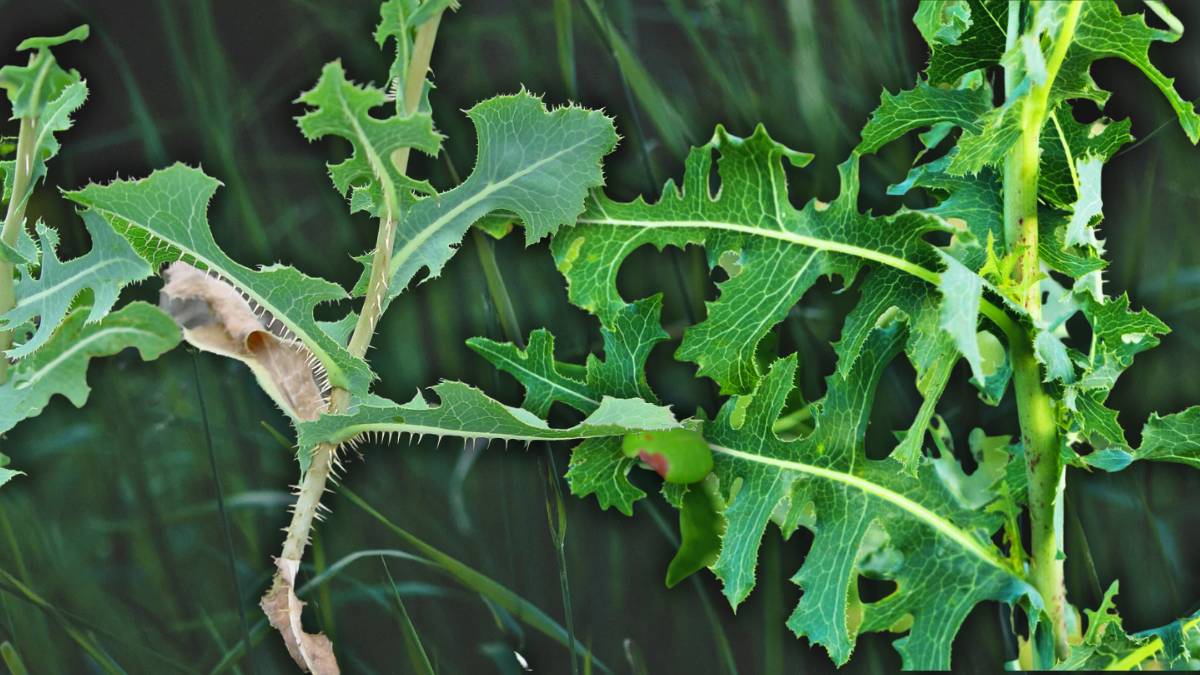
Using Herbicides
One of the most effective methods for controlling prickly lettuce is to use herbicides, especially before the weed emerges or when it is young and small (less than 3 inches in height).
Several chemical options can kill prickly lettuce, such as glyphosate, glufosinate, paraquat and clove oil. They should be applied in fall or spring, following the label instructions carefully.
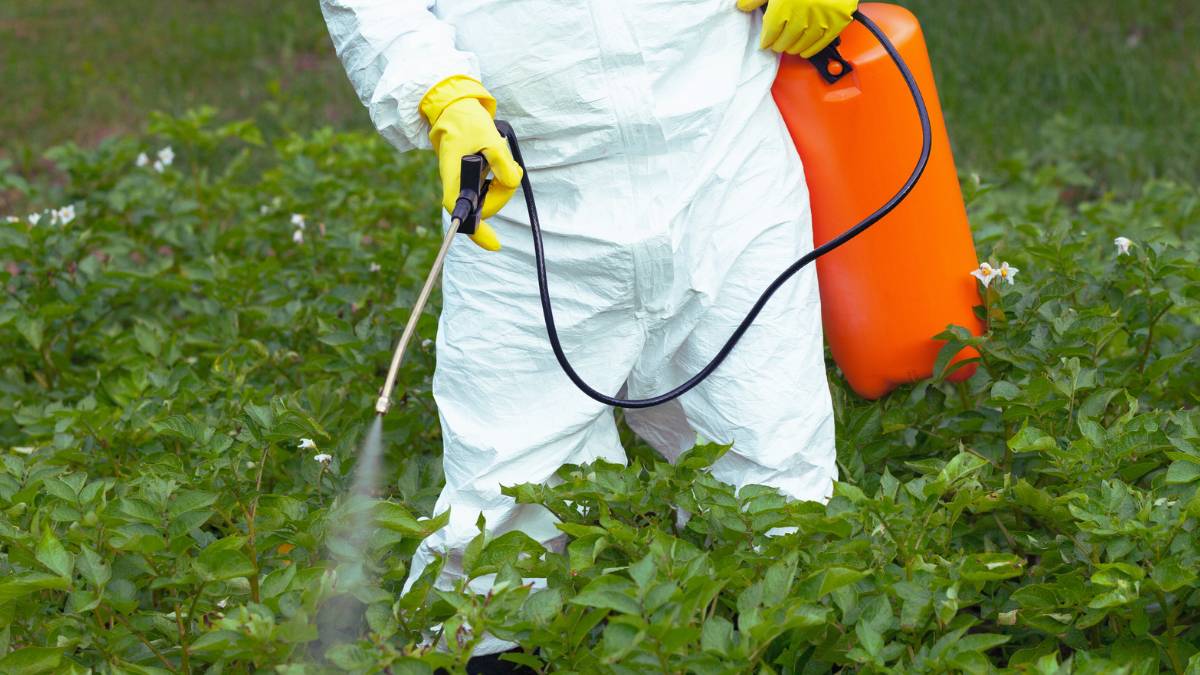
Glyphosate is a non-selective herbicide that kills any green plant it touches. It should be used with caution and only in areas where you don’t want any vegetation to grow. It can also be mixed with other herbicides for better results.
Glufosinate is another non-selective herbicide that works by inhibiting photosynthesis. It is fast acting and rainfast, but it may require repeated applications and higher rates to control prickly lettuce.
Paraquat is a contact herbicide that kills the plant tissue it contacts. It is very toxic and should be handled with extreme care. It can also be mixed with other herbicides for better results.
Clove oil (eugenol) is an organic herbicide that works by disrupting cell membranes. It is safe and environmentally friendly, but it may require repeated applications and higher rates to control prickly lettuce.
When using herbicides, make sure to wear protective gear, avoid drift and runoff, and follow all safety precautions.
Hand-Pulling
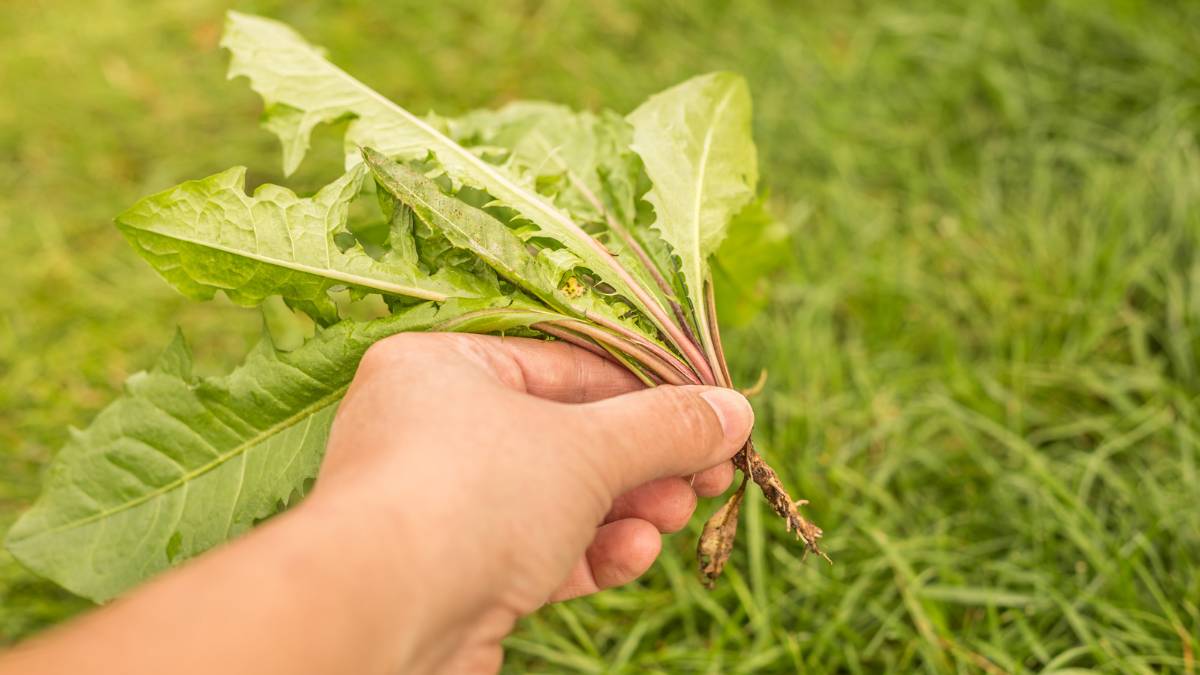
- Another option for controlling prickly lettuce is to hand-pull the weed, especially if you have a small infestation or you want to avoid using chemicals.
- Hand-pulling should be done when the soil is moist, and the taproot is removed completely. If you leave any part of the root behind, the weed can regrow.
- Gloves should be worn to avoid contact with the milky sap, which can irritate your skin and eyes. The sap can also stain your clothes and tools.
- The pulled weeds should be disposed of properly, preferably by burning or composting. Do not leave them on the ground or toss them in a pile, as they can still produce seeds and spread.
Grazing
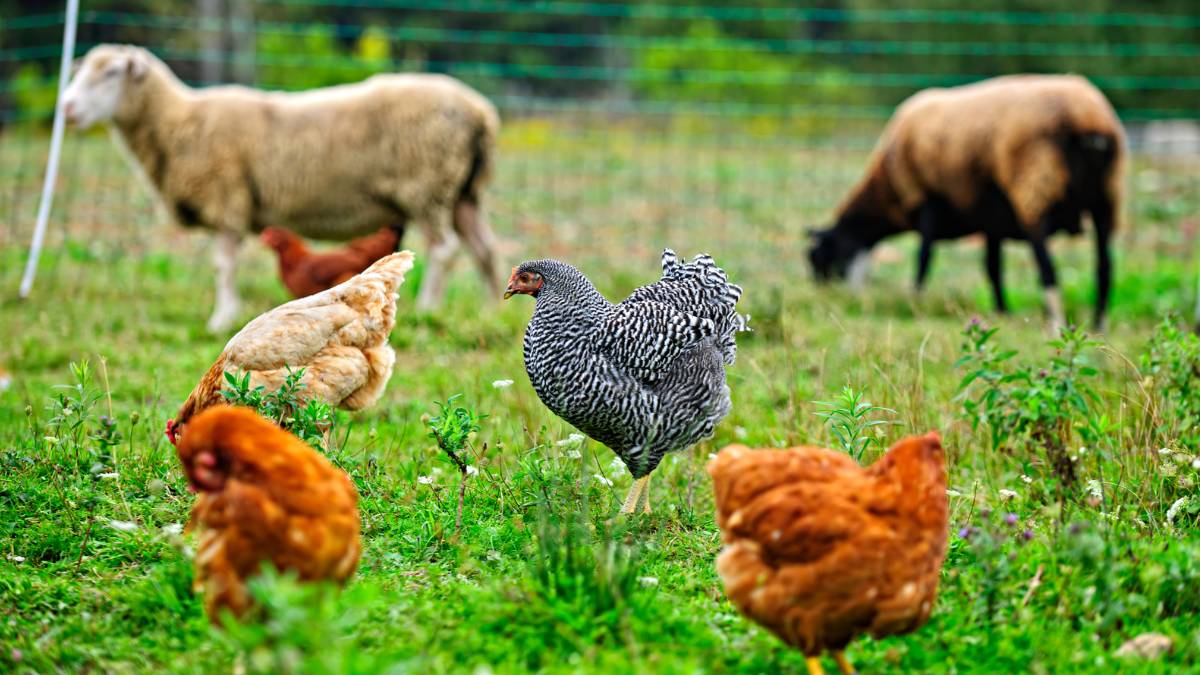
- A third option for controlling prickly lettuce is to use grazing animals, such as sheep and goats. They can eat the weed and reduce its population and prickly lettuce seed production.
- Grazing should be done before the weed flowers, as the seeds can pass through the animals’ digestive system and germinate later. The animals should also be monitored for signs of toxicity or irritation from the sap.
- It can be combined with other methods, such as herbicides or cultural practices, for better results. Grazing can also provide other benefits, such as fertilizing the soil and reducing fire hazards.
Cultural Practices

A fourth option for controlling prickly lettuce is to use cultural practices that enhance crop competitiveness and reduce weed germination and establishment.
- Crop rotation can help break the weed’s life cycle and reduce its seed bank. Rotating with crops that have different planting and harvesting dates, such as corn or soybean, can prevent them from emerging or flowering.
- Cover cropping can help suppress prickly lettuce by shading the soil and competing for resources. Cover crops such as rye, oats or clover can also improve soil health and fertility.
- Mulching can help prevent prickly lettuce from germinating by blocking light and moisture. Mulches such as straw, wood chips or plastic can also conserve soil moisture and temperature.
- Irrigation and fertilization can help boost crop growth and vigor, making them more competitive against prickly lettuce. Irrigation should be done in a way that minimizes weed emergence, such as drip irrigation or sprinklers. Fertilization should be done according to soil test results and crop needs.
Biological Control Options for Prickly Lettuce
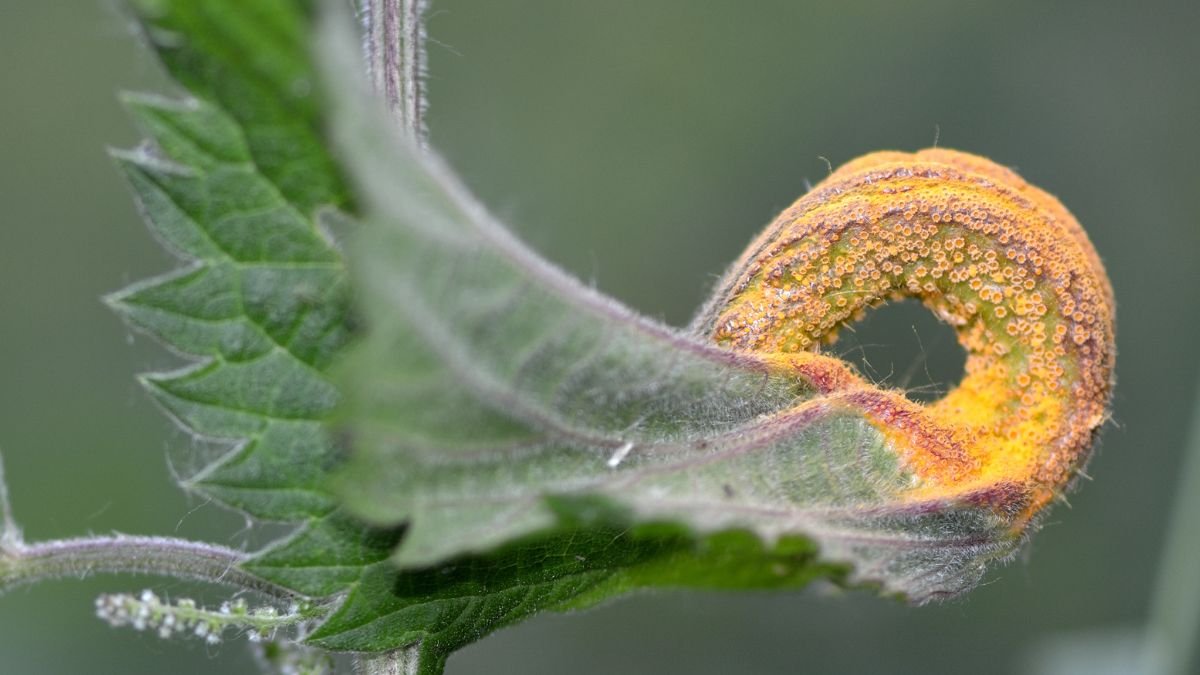
Besides using herbicides, hand-pulling or cultural practices, another method for controlling prickly lettuce is to use biological control options, such as introducing natural enemies or grazing animals that can feed on the weed and reduce its population and seed production.
Natural enemies are organisms that can attack and damage this invasive weed, such as insects, fungi or bacteria. For example, some studies have reported that a rust fungus (Puccinia minussensis) can infect and weaken prickly lettuce plants, reducing their growth and reproduction.
However, the effectiveness and safety of this fungus as a biological control agent is still under investigation. Other potential natural enemies of it include aphids, leafhoppers, leaf miners, caterpillars and beetles, but their impact and specificity are also uncertain.
Grazing animals are another option, as I mentioned above, for biological control of prickly lettuce, especially sheep and goats. They can eat the weed and reduce its biomass and seed output. Grazing should be done before the weed flowers, as the seeds can pass through the animals’ digestive system and germinate later.
The animals should also be monitored for signs of toxicity or irritation from the sap. Grazing can be combined with other methods, such as herbicides or cultural practices, for better results. Grazing can also provide other benefits, such as fertilizing the soil and reducing fire hazards.
Conclusion
Prickly lettuce is a common and troublesome weed that can invade your garden, lawn or farm. It can cause problems such as reducing crop yield and quality, irritating your skin and eyes, and clogging your machinery.
You can control this weed by using different methods, such as herbicides, hand-pulling, grazing or cultural practices. You should choose the method that suits your situation and preference and follow the best practices for each method.
The key to successful management is to prevent seed production and spread and to act early before the weed becomes too large and difficult to control. By doing so, you can save yourself time, money and hassle and enjoy a weed-free landscape.
FAQ
What is the difference between prickly lettuce and wild lettuce?
Prickly lettuce and wild lettuce are both common names for Lactuca serriola, a weed that belongs to the sunflower family. However, wild lettuce can also refer to Lactuca virosa, a closely related species that has similar characteristics but is more potent and medicinal.
How can I tell if I have prickly lettuce in my garden or lawn?
Prickly lettuce is a weed that can grow from 1 to 5 feet tall, with spiny leaves that clasp the stem, yellow flowers that produce fluffy seeds and a milky sap that can irritate your skin and eyes. It usually grows in dry or disturbed areas, such as roadsides, fields or gardens.
You can identify it by looking for its distinctive features, such as the spines on the underside of the leaves, the vertical orientation of the leaves, and the sticky white substance that comes out of the roots, stems and flowers.
Is prickly lettuce edible or useful in any way?
Prickly lettuce is not a very palatable or nutritious plant, as it has a bitter taste and a latex-like sap. However, some people may use it as a salad green or a cooked vegetable, especially the young leaves and flower buds. Prickly lettuce also has some medicinal properties, such as sedative, analgesic and anti-inflammatory effects.
It contains lactucin and lactucopicrin, which are similar to opium but much weaker. It is sometimes called opium lettuce or wild opium because of its mild narcotic effects. However, it is not addictive or illegal, and it should be used with caution and moderation.
